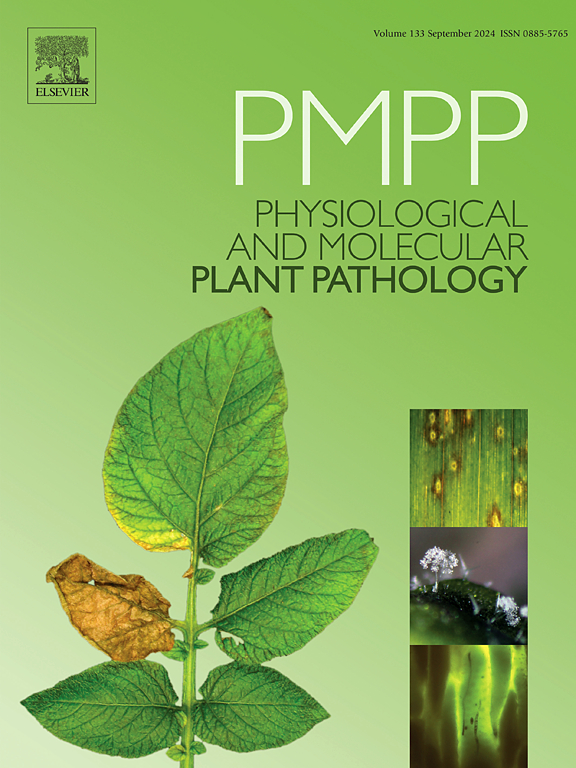MLTSDC: Multi Level Transformer Based Sugarcane Disease Classifier
IF 2.8
3区 农林科学
Q2 PLANT SCIENCES
引用次数: 0
Abstract
Sugarcane is a vital crop that is not only a primary source of the sugar but also a major contributor of bio fuel. However, unfortunately, due to various diseases, huge agricultural yields of sugarcane are lost every year. This amount can be easily saved if a farmer can identify the diseases in their early stage. For this purpose, numerous models have been proposed in recent years. However, these models cannot produce acceptable impacts in real-world applications due to background noise, environmental factors, and resource constraints. Therefore, this paper proposes a Multi Level Transformer Based Sugarcane Disease Classifier (MLTSDC) model to solve this problem. The proposed MLTSDC model utilizes two levels of classification. The first level identifies the presence or absence of abnormal features, while the second maps them to their diseases. This enables the model to learn and identify the key features of diseases. Moreover, the MLTSDC model also incorporates the transformer’s self-attention mechanism to minimize the effect of background noise. Experiments conducted on publicly available datasets reveal that the proposed MLTSDC model works better than other existing models. The proposed model achieves the highest classification accuracy 98.8% for different diseases affecting real-world sugarcane leaves.
基于多级变压器的甘蔗病害分类器
甘蔗是一种重要的作物,不仅是糖的主要来源,也是生物燃料的主要来源。然而,不幸的是,由于各种疾病,甘蔗每年都损失巨大的农业产量。如果农民能够在疾病的早期阶段识别出这些疾病,这笔钱就可以很容易地节省下来。为此,近年来提出了许多模型。然而,由于背景噪声、环境因素和资源限制,这些模型在实际应用中不能产生可接受的影响。为此,本文提出了基于多级变压器的甘蔗病害分类器(MLTSDC)模型。所提出的MLTSDC模型采用两级分类。第一级识别异常特征的存在或不存在,而第二级将它们映射到他们的疾病。这使模型能够学习和识别疾病的关键特征。此外,MLTSDC模型还引入了变压器的自注意机制,以最大限度地减少背景噪声的影响。在公开数据集上进行的实验表明,所提出的MLTSDC模型比其他现有模型效果更好。该模型对影响真实世界甘蔗叶片的不同病害的分类准确率最高,达到98.8%。
本文章由计算机程序翻译,如有差异,请以英文原文为准。
求助全文
约1分钟内获得全文
求助全文
来源期刊
CiteScore
4.30
自引率
7.40%
发文量
130
审稿时长
38 days
期刊介绍:
Physiological and Molecular Plant Pathology provides an International forum for original research papers, reviews, and commentaries on all aspects of the molecular biology, biochemistry, physiology, histology and cytology, genetics and evolution of plant-microbe interactions.
Papers on all kinds of infective pathogen, including viruses, prokaryotes, fungi, and nematodes, as well as mutualistic organisms such as Rhizobium and mycorrhyzal fungi, are acceptable as long as they have a bearing on the interaction between pathogen and plant.

 求助内容:
求助内容: 应助结果提醒方式:
应助结果提醒方式:


